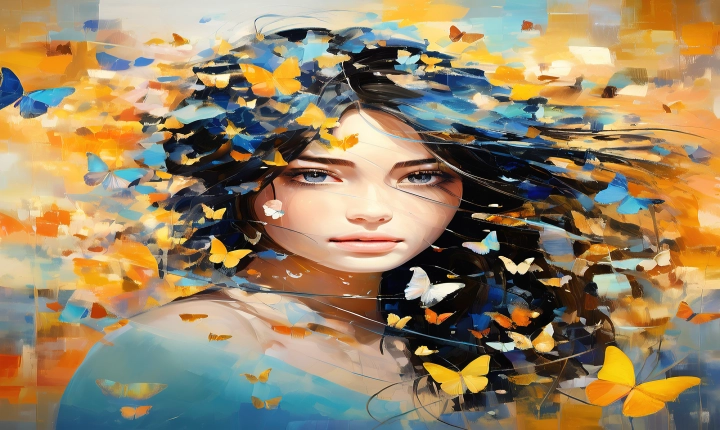Is AI Destroying Art?
Art has always been a representation of human creativity, emotion, and expression. It has evolved over centuries, reflecting the culture, beliefs, and ideas of different generations. However, with the rapid advancement of technology, particularly artificial intelligence (AI), there is growing concern that AI may be destroying the essence of art.
AI has undoubtedly transformed the way art is created and consumed. From AI-generated paintings to music compositions, AI has the ability to produce creative works that are often indistinguishable from those created by humans. This has raised questions about the authenticity and value of art in the age of AI. Can a piece of art created by a machine evoke the same emotions and connections as a work crafted by a human?
One of the main concerns about AI’s impact on art is the fear of devaluing human creativity and originality. If AI can generate art that mimics the style of famous artists or produces music that resonates with audiences, where does that leave the role of the human artist? Will AI eventually replace human creativity altogether? These are valid concerns that challenge the traditional notions of artistry and the role of the artist in society.
Furthermore, the commercialization of AI-generated art has blurred the lines between authenticity and imitation. With the rise of AI art marketplaces and platforms, consumers may unknowingly purchase art that lacks the personal touch and emotional depth that human-created art provides. This not only undermines the artistic value but also raises ethical questions about the representation and ownership of AI-generated artwork.
On the other hand, proponents of AI in art argue that it has the potential to democratize creativity and expand the boundaries of artistic expression. AI can be a tool for artists to experiment with new techniques, generate fresh ideas, and push the boundaries of traditional art forms. Additionally, AI has the capacity to make art more accessible to a wider audience and create personalized experiences for art enthusiasts.
Moreover, some artists actively embrace AI as a collaborative partner in their creative process, merging the capabilities of AI with their own artistic vision. This symbiotic relationship between technology and human creativity challenges the notion of AI destroying art and instead presents a new frontier of possibilities for artistic innovation.
Ultimately, the impact of AI on art is a complex and multifaceted issue that raises philosophical, ethical, and practical considerations. While AI undoubtedly poses challenges to the traditional concepts of art and creativity, it also offers opportunities for exploration, collaboration, and innovation in the art world.
As we navigate this intersection of art and technology, it is crucial to critically examine the implications of AI on art, establish ethical guidelines for its use, and foster a greater understanding of the evolving role of the artist in the digital age. Only then can we fully appreciate the potential of AI in art while preserving the integrity and authenticity of human creativity.
